Rabbi Nachman of Breslov
Journey through the profound life and teachings of Rabbi Nachman of Breslov (1772-1810). Discover the wisdom, stories, and spiritual insights of one of Judaism's most beloved and revolutionary teachers.

Rebbe Nachman born in Medzhibozh, Ukraine, great-grandson of the Ba'al Shem Tov (founder of Chassidut). His lineage included both the Ba'al Shem Tov on his father's side and Rebbe Nachman of Horodenka on his mother's side, establishing him in the highest echelons of Chassidic royalty.

From age six, Rebbe Nachman began intense hitbodedut (secluded prayer and meditation) in fields and forests, often at night. He described speaking to Hashem in Yiddish like a conversation with a close friend. His devotion was so intense that he often became soaked with tears. This practice became a cornerstone of Breslov teachings.
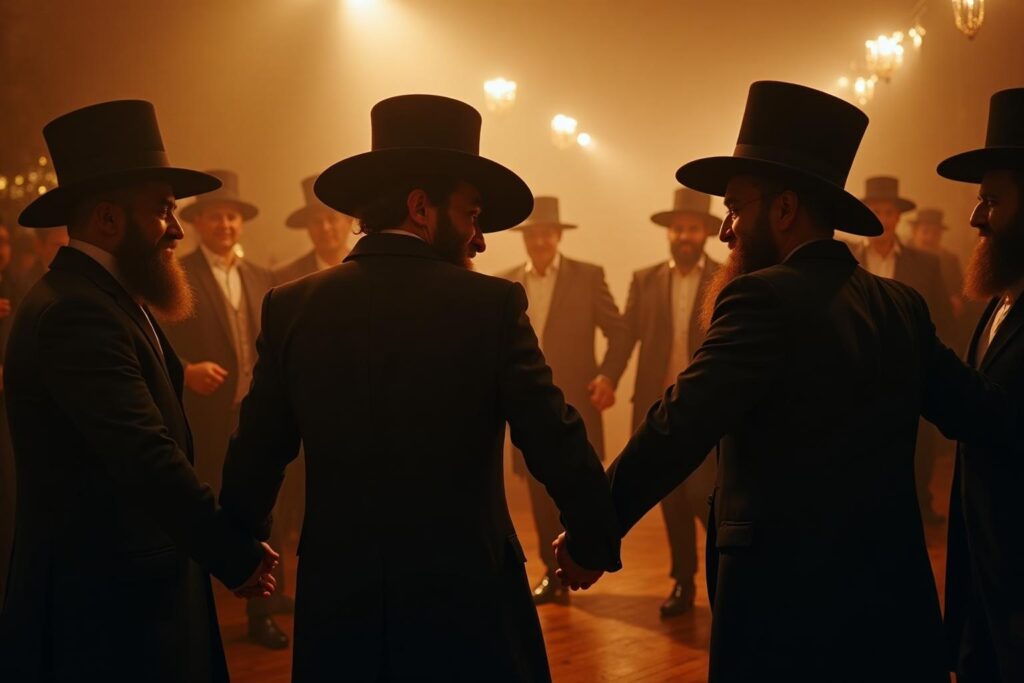
At age 13, Rebbe Nachman married Sashia, daughter of Rabbi Ephraim, in the town of Ossatin (Ukra), near Medvedevka. Following Chassidic custom, his father-in-law supported him for several years, allowing him to dedicate himself entirely to Torah study and spiritual practices. The couple eventually had eight children, though tragically, only two daughters survived to adulthood.

Rebbe Nachman began attracting followers and establishing himself as a leader. He moved to Medvedevka and began teaching publicly. His approach was revolutionary—combining deep Kabbalistic insights with accessibility to the common Jew. He emphasized joy (simcha), faith (emunah), and personal prayer. His fiery devotion and novel interpretations sometimes created controversy with other Chassidic leaders.

Against all advice, Rebbe Nachman undertook a dangerous journey to the Land of Israel during Napoleon's invasion. The journey included life-threatening storms at sea, encounters with hostile forces, and disease. He declared that his entire purpose was to travel to Eretz Yisrael. Despite spending only a few months there, he said he accomplished his spiritual mission—which he kept mostly secret but alluded to in his teachings about the 'Tikkun HaKlali' (General Remedy).

While in the Land of Israel, Rebbe Nachman visited numerous holy sites including Tiberias, Safed, Haifa, and Jaffa. He spent most of his time in Haifa and Tiberias. He prayed at the graves of great Tzaddikim including Rabbi Shimon bar Yochai in Meron and Rabbi Meir Ba'al HaNess in Tiberias. He studied Torah intensely and engaged in profound mystical practices. The Kabbalistic secrets he learned there became foundations of his later teachings.
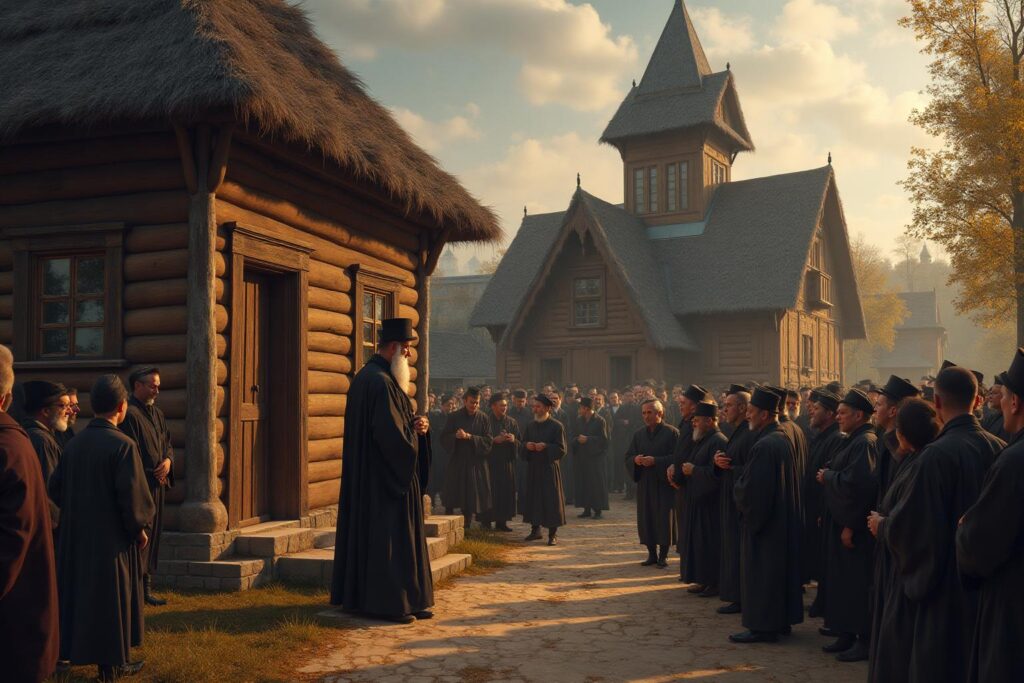
After brief stays in Zlatopol and Medvedevka following his return from Israel, Rebbe Nachman moved to the small town of Breslov (Bratslav). Here his teachings flourished and his Chassidic court became firmly established. The town gave its name to the movement. His closest disciple, Rabbi Nathan (Reb Noson) of Nemirov, began meticulously recording his teachings. This period saw the creation of most of Likutey Moharan, his primary work.
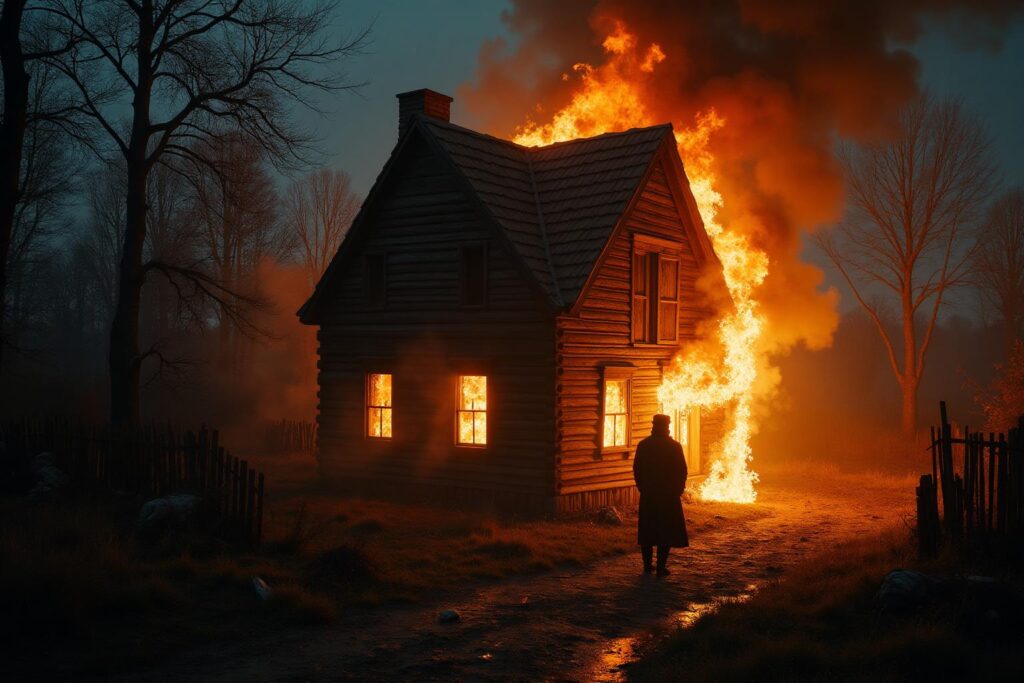
A devastating fire destroyed Rebbe Nachman's house, burning many of his unpublished writings including his commentary on Shir HaShirim (Song of Songs) and other Kabbalistic works. Rebbe Nachman said that the fire was decreed from Heaven and that these writings contained such lofty secrets they were 'too holy for this world.' He instructed that his book 'Sefer HaNisraf' (The Burned Book) should never be reconstructed. This tragedy deeply affected him and marked a turning point in his spiritual path.

During his final years, Rebbe Nachman told thirteen mystical stories (Sipurei Ma'asiyot) that are considered masterpieces of spiritual allegory. Each story contains multiple layers of meaning—simple narrative, ethical lessons, and deep Kabbalistic secrets. He said 'All my teachings are in my stories.' The tales include 'The Lost Princess,' 'The Master of Prayer,' 'The Seven Beggars,' and others. Rabbi Nathan transcribed them carefully in Yiddish.
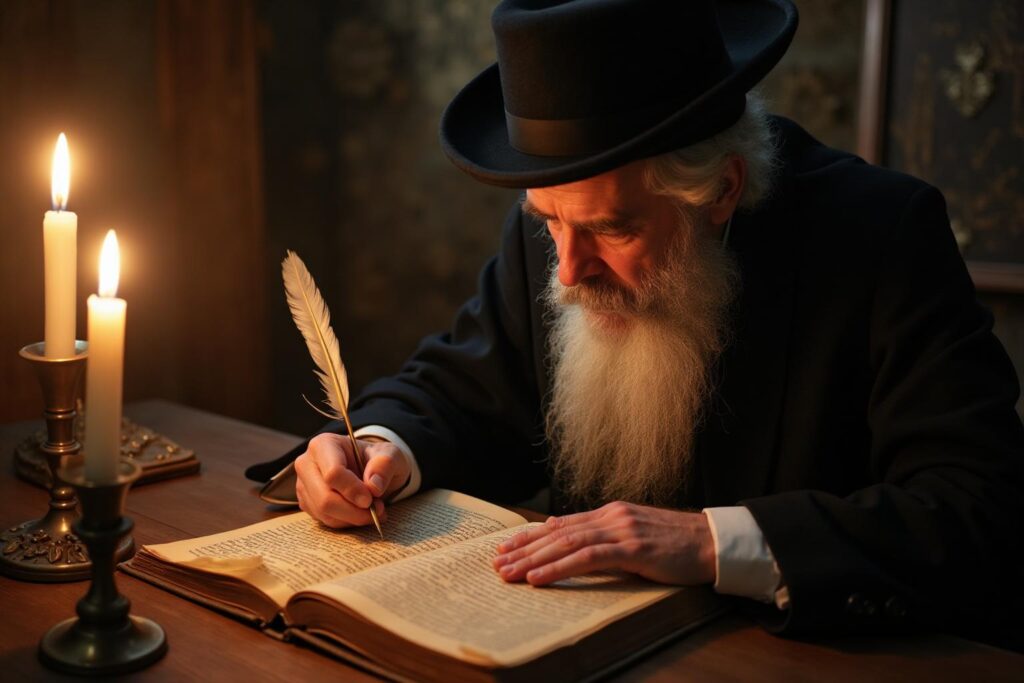
Rabbi Nathan, Rebbe Nachman's devoted disciple, compiled and published Likutey Moharan Part I containing 282 teachings (torahs) on Jewish philosophy, Kabbalah, prayer, repentance, joy, and the path to Hashem. Each teaching builds on Torah, Talmud, Zohar, and Chassidic concepts. Rebbe Nachman reviewed every word before publication. This became the foundational text of Breslov Chassidut. He later added Likutey Moharan Part II with additional teachings.

Rebbe Nachman revealed the Tikkun HaKlali (General Remedy)—a sequence of ten specific Psalms (16, 32, 41, 42, 59, 77, 90, 105, 137, 150) that provide spiritual rectification (tikkun) for the most difficult spiritual blemishes, particularly relating to the Covenant (Brit). He promised that reciting these psalms with proper intention brings healing and forgiveness. This practice remains central to Breslov devotion, recited at his gravesite and during times of need.

A central theme in Rebbe Nachman's teachings is the role of the Tzaddik (righteous leader) who serves as a bridge between Heaven and earth. He taught that each generation has a Tzaddik HaDor (righteous one of the generation) who channels divine light and wisdom to the people. The Tzaddik helps elevate prayers, repair souls, and guide seekers toward Hashem. These teachings appear throughout Likutey Moharan and form the theological foundation of Breslov's emphasis on attachment to the Rebbe.
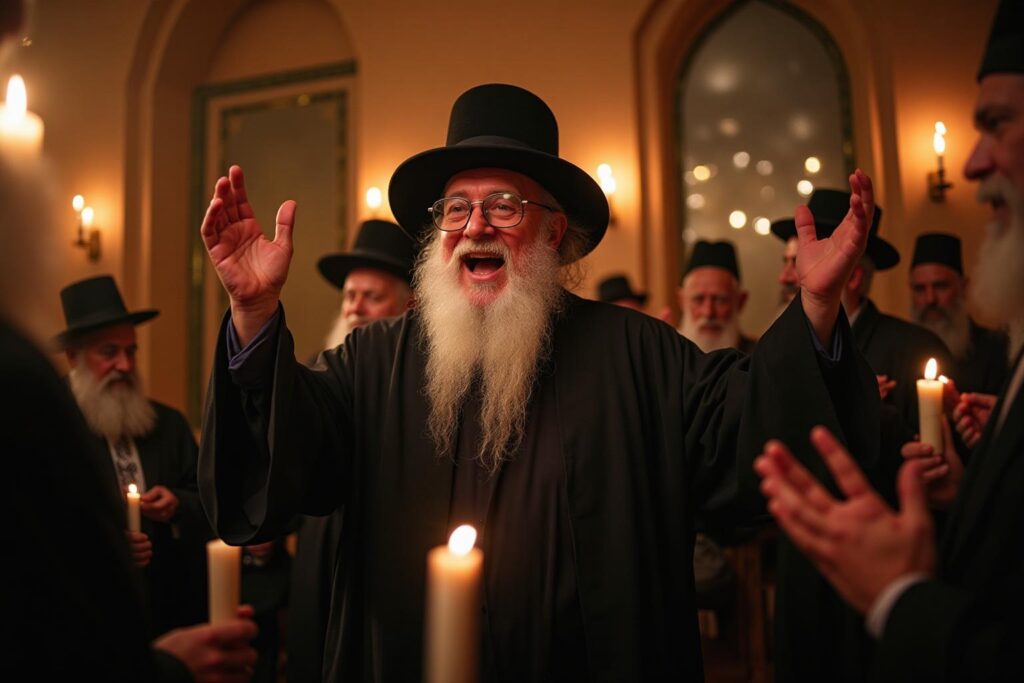
Rebbe Nachman taught extensively about simcha (joy) as essential to serving Hashem. He said 'Mitzvah gedolah lihiyot b'simcha tamid' (It is a great mitzvah to be in joy always). Joy breaks through depression, despair, and spiritual obstacles. He taught that even forced joy (simcha b'koach) can lead to genuine joy. Music, dance, and niggunim (melodies) were central to his practice. His most famous saying is 'Kol ha'olam kulo gesher tzar me'od, v'ha'ikar lo l'fached klal' (The entire world is a very narrow bridge, and the main thing is not to fear at all).

As tuberculosis consumed Rebbe Nachman's body, he moved to Uman, Ukraine, a town with a large Jewish community. He chose Uman specifically because of the massacre of Jewish martyrs (kedoshim) there during the Haidamak massacres of 1768. He wanted to be buried among them. Despite his physical suffering, he continued teaching until his final days. He told his followers 'My fire will burn until the coming of Mashiach.'
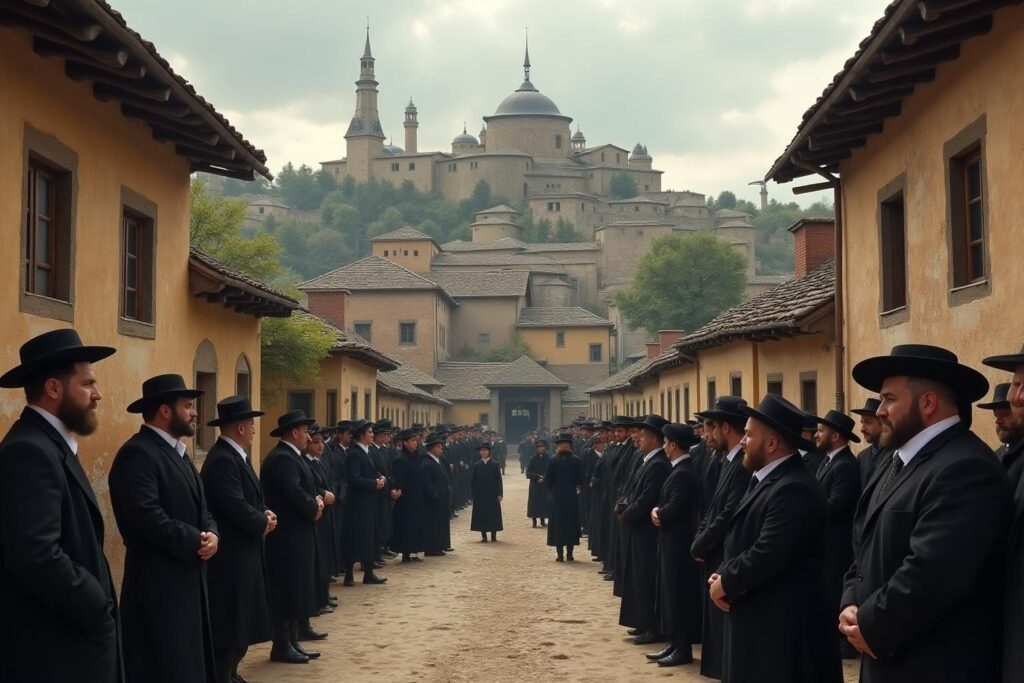
On the fourth day of Sukkot (18 Tishrei), Rebbe Nachman passed away at age 38. His final words were 'L'chaim!' (To life!). Before his passing, he instructed his followers to gather at his gravesite on Rosh Hashanah, promising to 'pull them out of Gehinnom by their peyos.' He explicitly told them not to appoint a successor, saying 'I am not leaving you. I will always be your Rebbe.' To this day, Breslov Chassidim have no Rebbe, referring to themselves as the 'tote Chassidim' (dead Chassidim) who follow only Rebbe Nachman.
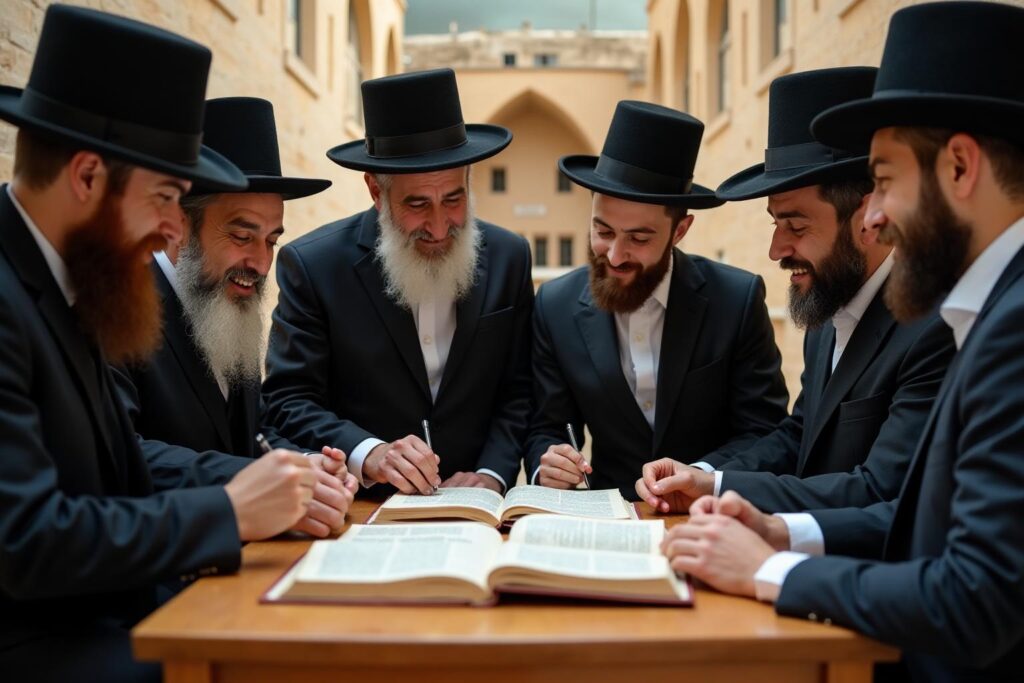
Rabbi Nathan of Nemirov (Reb Noson) dedicated the rest of his life to preserving, publishing, and spreading Rebbe Nachman's teachings. He published Likutey Moharan I & II, Sipurei Ma'asiyot, and wrote extensive commentaries including Likutey Halachos (applying Breslov thought to Jewish law), Parpara'os LeChochmah, and many more works. He organized annual Rosh Hashanah pilgrimages to Uman. He faced severe opposition but persevered until his own passing in 1844.
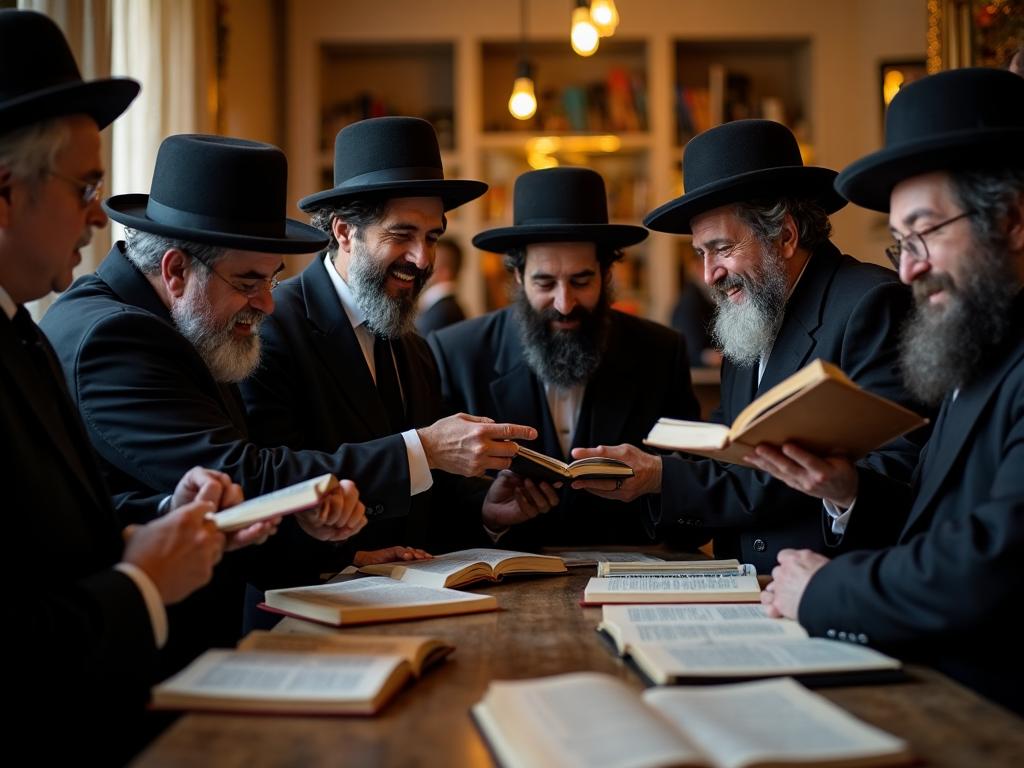
Breslov Chassidut continues to flourish worldwide with tens of thousands of followers. The annual Rosh Hashanah pilgrimage to Uman draws over 40,000 Jews from around the world. Major Breslov centers exist in Jerusalem (Meah Shearim), Bnei Brak, Safed, New York, Los Angeles, and many other cities. Breslov teachings emphasize hitbodedut (personal prayer), simcha (joy), emunah (faith), studying Likutey Moharan, and living with enthusiasm for Yiddishkeit. The movement remains unique in having no living Rebbe.